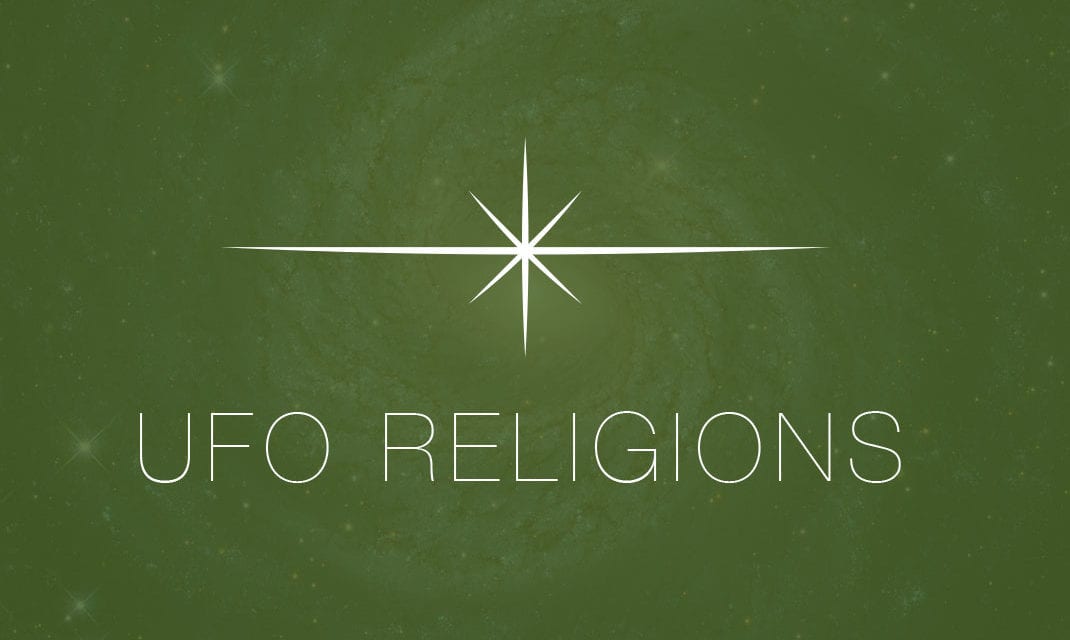Over the course of the last couple of days we’ve been treated once again to the parade of astronomers and astrobiologists pontificating on the likelihood that there is intelligent life elsewhere in the universe. In the wake of a couple of decades of failure on the part of the SETI program, the new credo is that “aliens could be staring us right in the face,” but we’re too dim-witted to recognize them. In an effort to renew enthusiasm for the search for extraterrestrial life, Lord Martin Rees, president of the Royal Society and astronomer to the queen (wonder why she needs one of those) recently directed a conference entitled, The Detection of Extra-terrestrial Life and the Consequences for Science and Society. The purpose of the conference was to ask whether the discovery of aliens would cause terror or delight on earth. Rees and other astronomers have been making the news rounds telling anyone who will listen that improved telescopes made the chance of finding extra-terrestrial life better than ever.”
Now, don’t get me wrong. I’m not saying that astronomers are atheists. I personally know some PhDs in this field who are firm Christians. I’m also not saying that we shouldn’t make any investment in trying to detect intelligent ET life. I share the enthusiasm of Lord Rees, at least to some extent. I don’t, however, share his optimism. I also think the recent news is a prime opportunity for showing how many scientists who do espouse atheism allow their wish to find an ET somewhere to blind their rationality. I would suggest that the optimism of Rees and his fellows is not based on better technology–it’s really based on faith. In this case, faith in an equation. The trouble is, this equation is basically worthless.
I begin with a simple question: WHY is Lord Rees and so many others so optimistic about the likelihood of intelligent ET life being out there? The answer is they believe that mathematical probability argues in favor of likelihood.
But does it?
This ideathat there is an overwhelming mathematical probability that there are intelligent aliens somewhere else in the universe has risen to the status of a creed in the UFO community. It derives from something called the Drake Equation.
The Drake equation was created in 1961 by astronomer Frank Drake. Its iconic status is seen in that it has been referenced in Star Trek: Voyager (Futures End), Michael Crichtons Sphere, and the Jodie Foster sci-fi film, Contact.
The Drake Equation is a mathematical postulate that states:
N = R* x fp x ne x fe x fi x fc x L
Okay . . . what does all that mean?
- N = the number of civilizations in our galaxy with which communication might be possible
- R* = the average rate of star formation per year in our galaxy
- fp = the fraction of those stars that have planets
- ne = the average number of planets that can potentially support life per star that has planets
- fi = the fraction of the above that actually go on to develop life at some point
- fi = the fraction of the above that actually go on to develop intelligent life
- fc = the fraction of civilizations that develop a technology that releases detectable signs of their existence into space
- L = the length of time such civilizations release detectable signals into space.
In 1961, the values that were inserted into the equation yielded and answer of 10ten postulated civilizations were out there in the universe somewhere waiting to be discovered. I know its hard to fathom, but this is the basis for the supreme confidence of a host of astronomers and physicists who promote SETI (The Search for Extraterrestrial Intelligence). It gets worse.
Current data suggests the answer to the equation is really 2.31. It gets worse still.
Let me share what one lauded scientist, T. J. Nelson, thinks of the strength of the Drake Equation. It sort of affirms the obvious, but I think people might respond to it better from this credentialed scientist (emphasis is mine):
The Drake equation consists of a large number of probabilities multiplied together. Since each factor is guaranteed to be somewhere between 0 and 1, the result is also guaranteed to be a reasonable-looking number between 0 and 1. Unfortunately, all the probabilities are completely unknown, making the result worse than useless.
The famous science fiction author and medical doctor, Michael Crichton, echoed those sentiments:
The problem, of course, is that none of the terms can be known, and most cannot even be estimated. The only way to work the equation is to fill in with guesses . . . Speaking precisely, the Drake equation is literally meaningless.
In other words, the Drake Equation is simply guesswork dressed up to look like data. This is what produces all the optimism. This is why atheists, like our friend in my earlier post, say that have faith in knowledge, not myth. The Drake equation is not knowledge; it is a slice of faith grounded in no actual data that has now become a dogma. It’s part of the ET Hypothesis catechism.
Granted, I’d love for this emperor to have some clothes. The genuine discovery of ET life (that isn’t hostile or evil) is on my short list of “ridiculously improbable things I’d like to see or experience before I die.” But the next time someone brings up the statistical odds of ET being out there, I’m liable to test their faith. It’s time someone asked them to do the math.





Nice title and nice post.
Favorite lines:
The Drake equation is not knowledge; it is a slice of faith grounded in no actual data that has now become a dogma.
The genuine discovery of ET life (that isnt hostile or evil) is on my short list of ridiculously improbable things Id like to see or experience before I die.
thanks!
oh ho ho but this is rich! No way…THAT’s what all the fuss is about? Thanks for setting me straight on this. Next time someone starts saying, “You mean with all the billions of stars out there…” I’m just gonna hold my hand up and point them to this article, lol.
I’ve thought of something and am now wondering if I wasn’t too quick to dismiss this. In the April 2010 issue of Astronomy they have an article about the Drake equation which mentioned a thought I had shortly after I read this blog. With all the new data regarding exoplanets, new values are available to plug into the formula making the outcome a bit more optimistic than before. So, all I’m saying is it’s not as open and shut as I previously thought…even Drake himself is quoted as saying (I paraphrase) that the equation can be used to support both views and that’s part of why he came up with it. The article clearly is grasping at straws in regards to the last 3 values, but there IS new data for the first 4 that seems compelling. Just saying. Still, next time someone takes is as gospel truth…I’m still gonna send them over to read this article! 🙂
I saw Carl Sagan use this on Cosmos once (ending in a result of one). I thought it was nonsense then. Too many assumptions…
why do you believe atheists especially need to believe in ETs etc? I am totally atheist but am not that way inclined – I dare say there are aliens of some sort, but it has nothing to do with my distrust of religion
I don’t, and never said that. There is no reason atheists would *need* to believe that. The only thing they *need* to believe is that there isn’t a God (else they lose their position – and note that it is a faith position).
I can really say that I agree with your pessimism.
If you leave drake’s equation ouf of the way and see what info we know for a FACT.
There was/is water on Mars. It’s probably iced now but at some point there was liquid state water on mars thus allowing life to develop. http://en.wikipedia.org/wiki/Water_on_Mars
Another fact is that NASA just found a earth like planet http://www.bbc.co.uk/newsround/16045370
This is just two simple facts that shows that near us(everything is relative) there is/was possible life forms.
If you now consider that the univers is supposed to be infinite I dont see how E.T cannot exists.
They don’t have to be advanced green guys but E.T as a simple definition as life forms from out of earth.
Sorry for my English.
no problem with the English. I notice that you throw out Drake and then appeal to Drake (the third point from the end). But here is the point:
1. Imagining connections between these facts is not secure (e.g., there was/is water on Mars connected to NASA finding an earthlike planet – these two are not the same and not necessarily related). What is needed are *actual* connections.
2. Imagining conclusions drawn from the above presumed connections is not coherent (e.g., if there is water on Mars and NASA found an earthlike planet, therefore [???] intelligent ET life [or any ET life] must exist).
The above illustrates the difference between CORRELATION (“A and B appear to be related”) and CAUSATION (“B was produced by A” or “uniting A and B produces C”).
The bottom line is we cannot know our GUESSES between facts are at all coherent unless we find examples (i.e., proof) that our GUESS is so. The data points used to *create the guess* are not the same as *proof of the guess*.